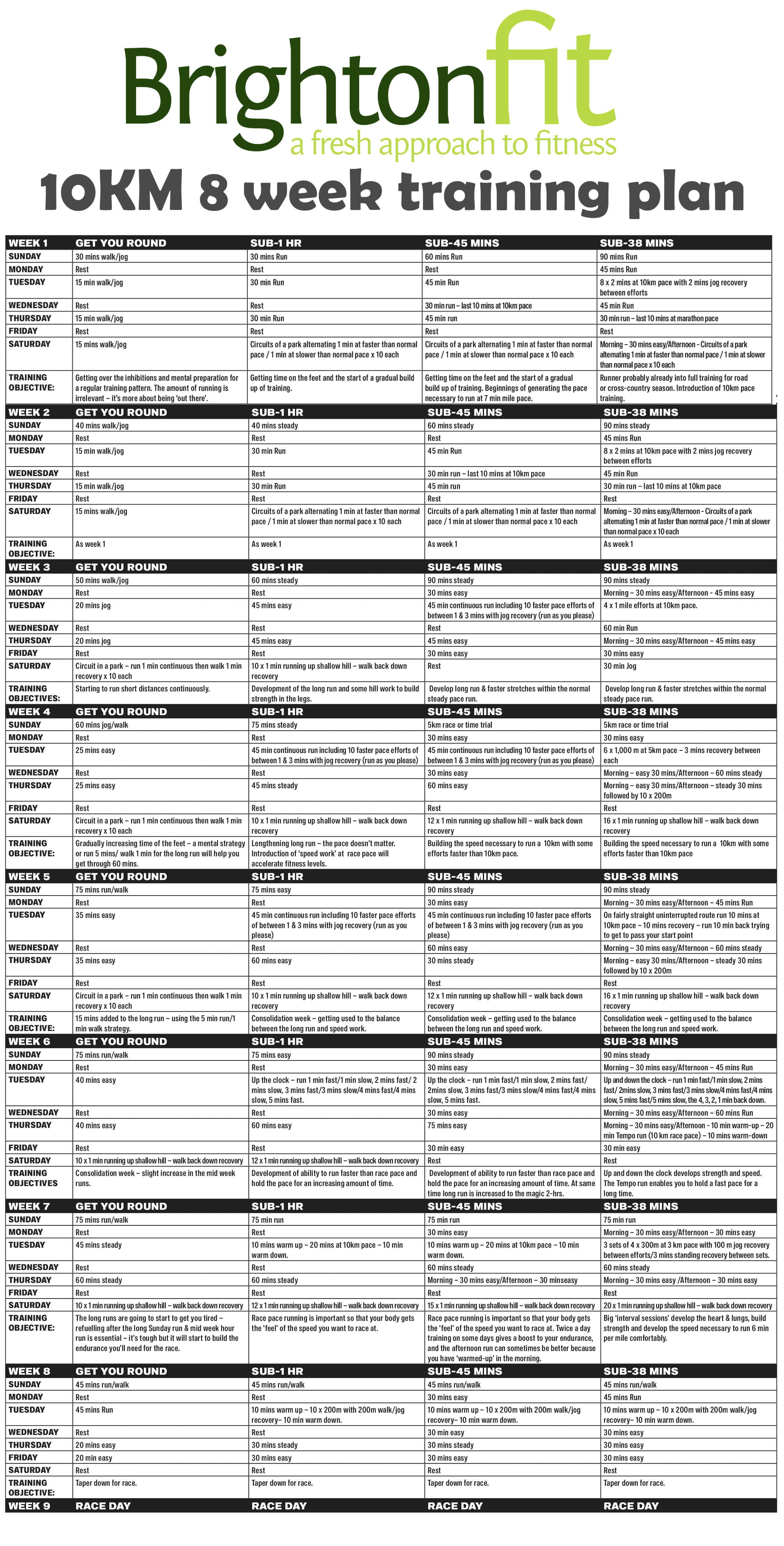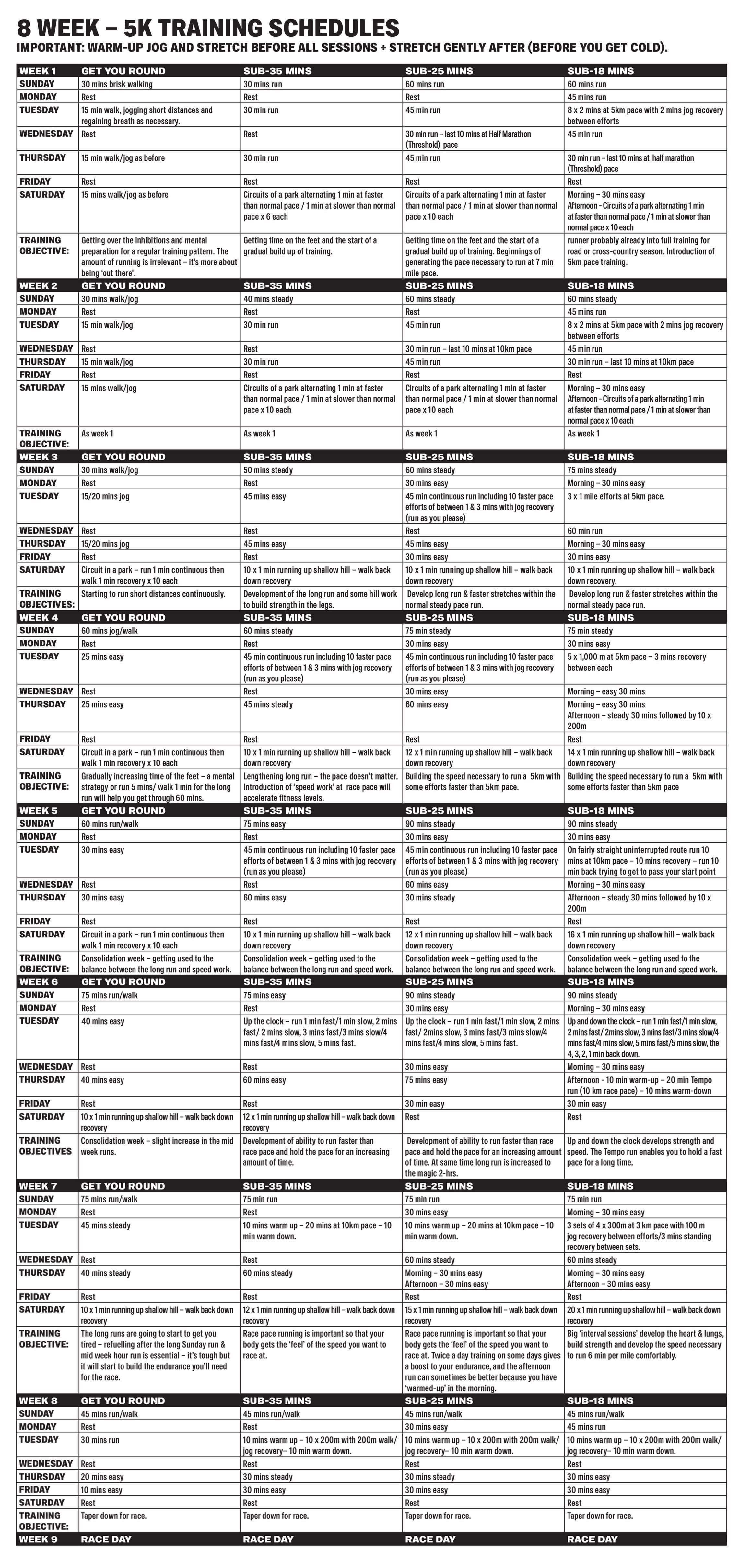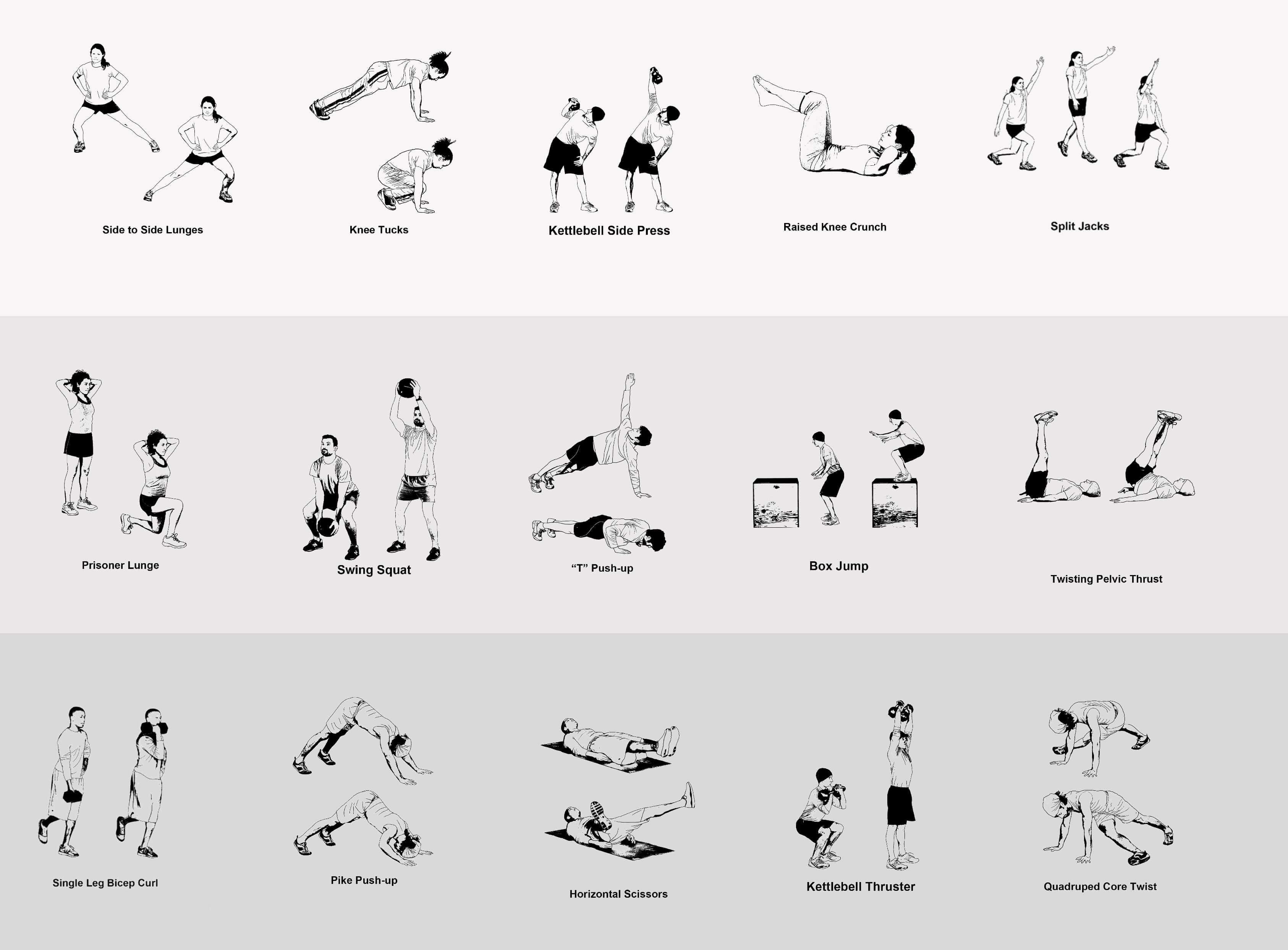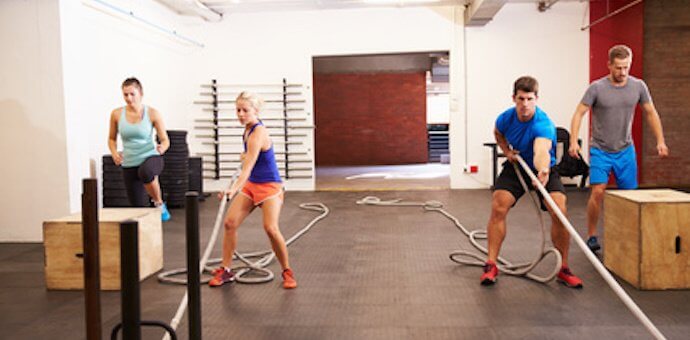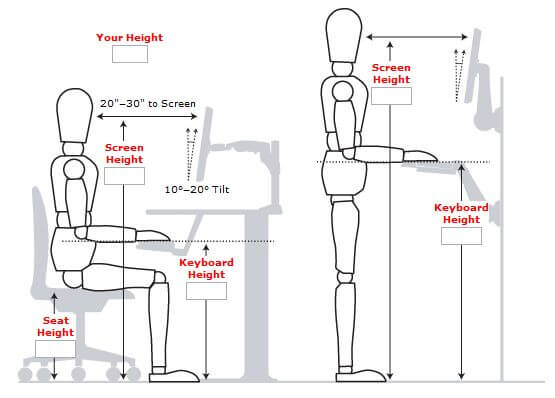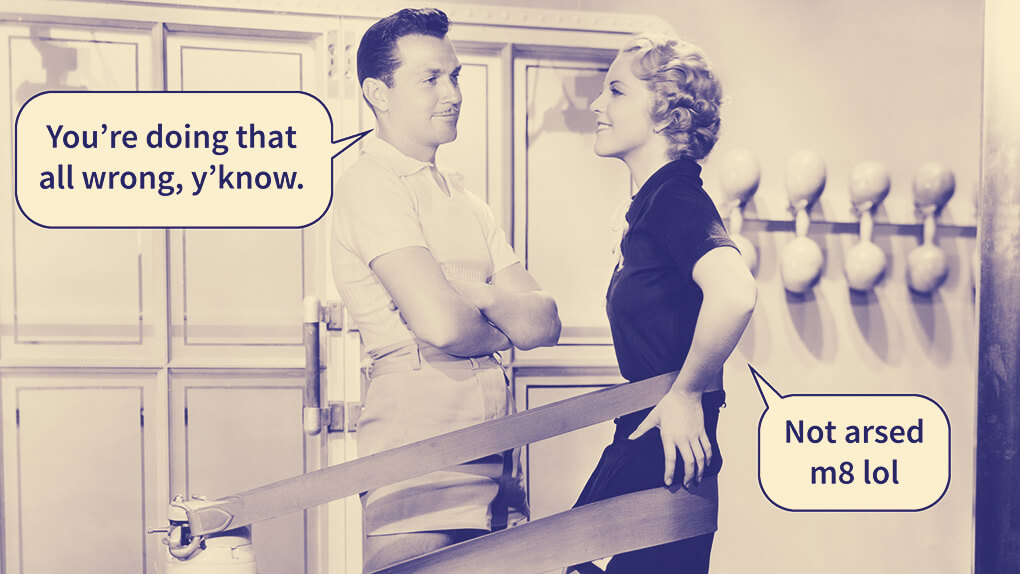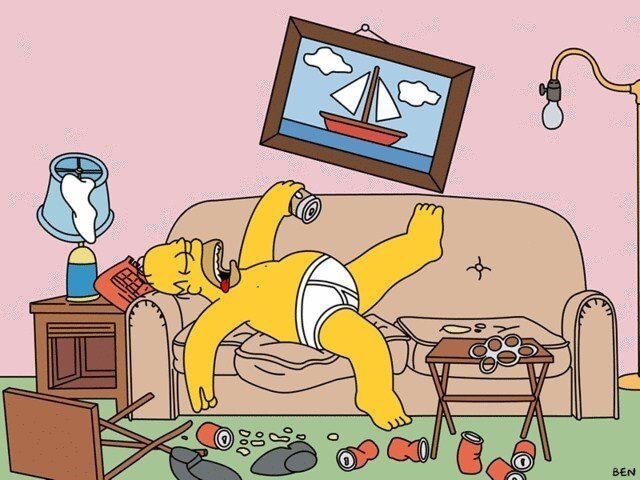
The first thing to remember is DON’T BEAT YOURSELF UP!!
You’re here now and for whatever reason your routine, motivation or satisfaction has taken a knock and you’re not training at all or far less than you want to. Maybe you have now run the marathon you’ve been training for all year, maybe the seasonal changes have affected you, maybe you got a new job, maybe maybe maybe….it could be a zillion things but you are better spending your time looking forwards than back.
I speak from personal and professional experience. You may hear people say ‘if you can identify the cause you can prevent it from happening again’ but that will not help you out of this rut. That may help you manage your life but to be honest if you identified the cause this time I betchya there would be a different cause the next time, and the next and the next….you are best to roll with the punches. Understand that life will toss you around a bit and that your training regime will take a knock and just get on with working out how to get stuck back in again.
All that said, how do you do it?
OK so lets assume you are mainlining Hagen das cookies and cream on the sofa binge watching Netflix; watching your recently gained weight loss/muscle definition/new trousers/delete as appropriate go to pot. You’re thinking ‘Ah well, I know I can do it because I’ve been achieving these gains over the past 6 months so I’m just going to enjoy myself whilst I can and then when the motivation hits me again ill get back on the wagon’
In this moment I want you to truthfully answer me this: Are you actually happy sitting there? How many of you can say that your stomach doesn’t feel bruised from all the fat and sugar you’ve been throwing down there, or that you don’t miss the DOMs and the post workout euphoria. Can you actually admit to feeling better slobbing out there than the agile, light, strong, lean person you feel (or are getting towards feeling) like when you are working out. Can you say that you are in control, that you have made the choice to sit on your behind shovelling one handful of food after another into your gob? Wouldn’t you prefer to feel on top of your game? Doesn’t it make you feel more virtuous, more in control, better at work, more productive, happier, more positive and upbeat?
Right so we’ve got an admission, and that is that your subconscious mind is playing a trick on you and actually you are much happier when you are working out. Stop immediately what you are doing and stand up. Go pack your gym bag and put it by the front door then place a healthy food order to be delivered to your house/work the next day; set your alarm for an hour earlier, fill your glass up with lots of water and go have a soak in the bath. Physically cleaning yourself may only be a psychological aid but it’s a cute trick to shut your subconscious devil up!
Go to bed early, feel excited, give yourself a pat on the back, you’ve broken through and tomorrow you’re going to reap the rewards. Don’t think when your alarm goes off, grab your bags and get to the gym/out on the road/your bike/your class…..its much better to get the first few sessions done first thing in the morning than after a day at work, it is less likely you will find an excuse to miss the session. Once you are back in the swing of it you can flip your times to suit you but I would suggest for at least the first week to aim for early morning sessions every time. That evening cook some healthy food, maybe even a couple of dishes to split out into Tupperware so you have some for the next few days and there is no excuse to slip. Start planning throughout the first week how you are going to attack your training and food this time, write things down, read about different training regimes. You may even want to start having a look now at what went wrong last time and put some measures in place. But don’t whatever you do BEAT YOURSELF UP!!
